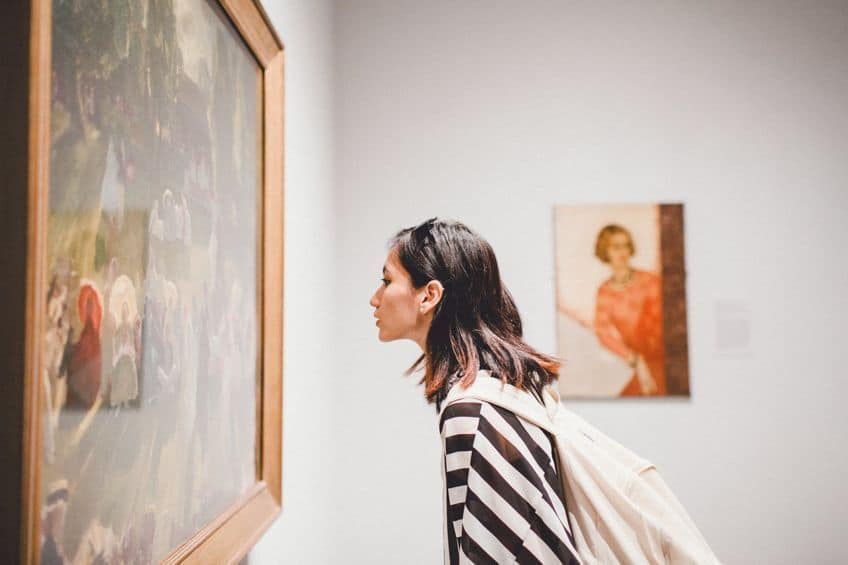Art for Art’s Sake – Debating the Purpose of Art Creation
What is the meaning of art for art’s sake, and are there any artists today who follow this philosophy? The phrase, “art for art’s sake”, carries many connotations and has been criticized as a philosophical approach used by artists intentionally and unintentionally solely as a criticism of an artwork that appears to embody the concept’s meaning. In this article, we will unpack the different nuances of what it means to create art for art’s sake, as well as criticisms of the concept and its origins in art history. Read on for more about this intriguing concept that, as an art enthusiast, you simply cannot miss out on!
L’Art Pour L’Art: Liberation, Idealism, and Enchantment
What is the meaning of “ art for art’s sake”, and where did this idea come from? This controversial phrase dates back to 19th century France with the philosopher Victor Cousin, critic Théophile Gautier, and political theorist Madame de Staël, who coined and popularized the phrase l’art pour l’art, which translates to the Modern understanding of “art for art’s sake”. The phrase emerged in 1818 and was also later addressed by figures such as Oscar Wilde, Edgar Allan Poe, and Samuel Taylor Coleridge who strongly advocated for the philosophy. But, what does the phrase mean?

Defining Art for Art’s Sake
The phrase “art for art’s sake” was used in the 1835 preface for a book called Mademoiselle de Maupin, which was written by Théophile Gautier and stressed the idea that artists should create art that was appreciated purely for its aesthetic value, without the influence of utilitarian or moral value. In essence, the phrase became a philosophy and doctrine that artists choose to either embrace or reject and is separated from the world of conceptual art that encompasses ideas of the political, and virtually any focused theme that sets the foundation for the work.
When considering the definition of art for art’s sake, it is worthwhile understanding the phrase’s history and origins in its original context and time, such that you can grasp the evolution of the philosophy and the reasons why many have criticized it.
A History of “Art for Art’s Sake”
During the 16th century, many art academies emerged across Europe to promote and exhibit visual art, but these same institutions imposed strict guidelines on the kinds of subjects that artists could include and thus limited artistic expression. The 19th century saw a rebellion against such strict constraints among many artists who sought creative freedom. This led to the establishment of art galleries and exhibitions, which enabled artists to exhibit their work without restrictions. By the late 19th century, art became more accessible to the masses and moved beyond the confines of traditional academic views. The philosophy “art for art’s sake” was credited to the French writer Théophile Gautier and later used by literary giants like Edgar Allan Poe, who mentioned the philosophy in his 1850 poem titled The Poetic Principle. Poe found that philosophy highlighted the essence of pure poetry, such that poetry was only created in its true form when one had the desire to simply write a poem. The main principle behind art for art’s sake was Aestheticism and its implications on the field of literature and visual art.
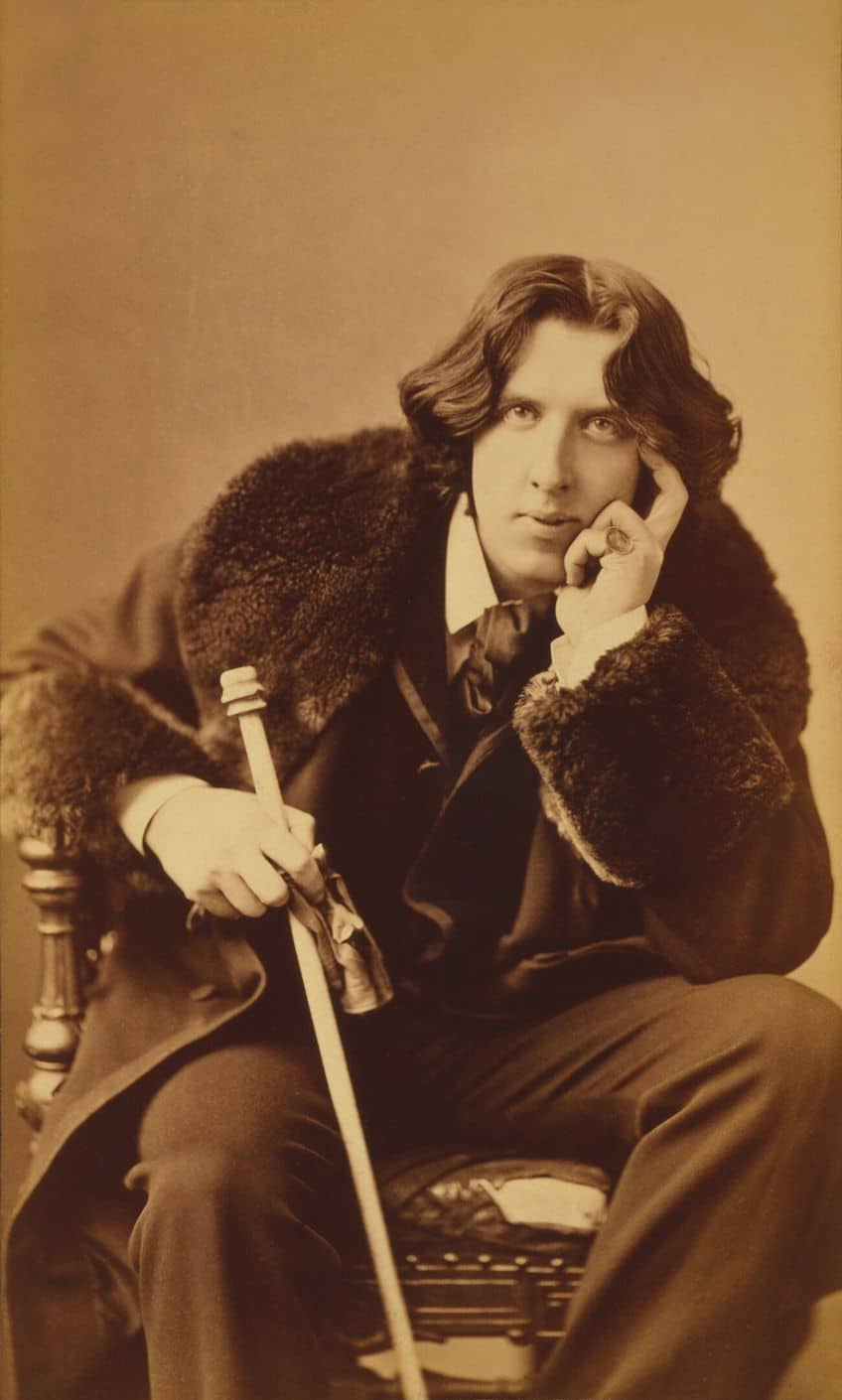
The essence of “art for art’s sake” implied that for one to simply create is cause alone for an object or construction to be labeled as an artwork. Art for art’s sake as a philosophy was thus associated with the movement of Aestheticism in the visual arts and can be compared to a ceramicist who would produce a sculpture inspired by their passion for art rather than the vessel’s utilitarian function. Followers of the Aestheticism movement believed that art was always created to possess a social agenda and rejected the basis that art had to meet certain criteria to be considered art. Rather, Aestheticism pushed for the creation of art based on its aesthetic and visual value alone. Literary examples of Aestheticism can be seen in the novel The Picture of Dorian Gray (1890) by Oscar Wilde, where the characters marvel at the value of beauty above everything else. In 1891, Wilde’s novel was republished to defend the stance that Wilde proposed, claiming that no book was well-written or inherently badly written.
Examining the Role of Art in Society
The phrase “art for art’s sake” alone is a controversial one that has stirred significant and relevant debates since its emergence. To debunk what art for art’s sake encompassed, it is necessary to evaluate the purpose of art in society in a retrospective account of the definitive philosophies that shape what art was, and who defined what art could be.
Below, we will dive into an in-depth review of the role of art in society by examining the purpose of art, its role as a form of entertainment, and art as a tool for education.
The Purpose of Art
In art history, the function of art has evolved over centuries as not simply a form of expression removed from external factors, but within different social contexts that reflected the beliefs of the individuals who shaped them. Since the Medieval era, art has progressed to encompass a variety of purposes, from religious devotion to personal expression and political commentary. In the Middle Ages, art was a form of religious worship and a method to preserve the beliefs and traditions of the past. These manifested in elaborate paintings, illuminated manuscripts, and sculptures, which were devoted to specific religious sects and conveyed the narratives of many religious groups.
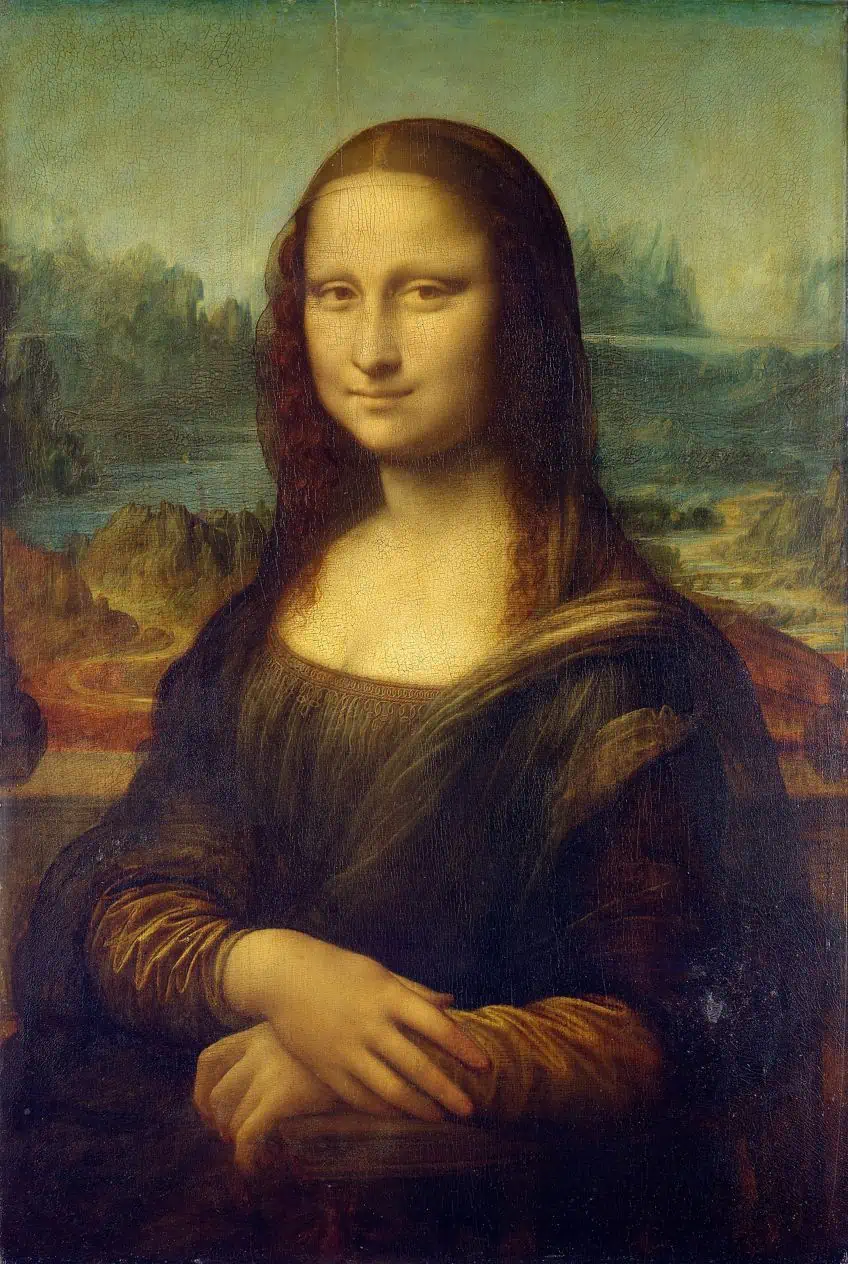
Such artworks were also stored and exhibited in buildings of worship such as churches to elevate the spiritual experiences of those who followed the institution. Likewise, the Renaissance saw the evolution of art through the concept of humanism and individualism. Master artists such as Michelangelo and Leonardo da Vinci became icons of art itself, who celebrated the achievements of man through their art, which privileged the human form and ideal proportion. Art has also grown to reflect the significant aspects of human life, including intellect and emotions, with an emphasis on personal identity and the individual experience.
Prominent artistic periods such as the Baroque era in art history saw art weaponized as a tool for propaganda and to promote the power of the Catholic Church. This period saw many wealthy patrons commission large artworks to assert their status and authority and cement religious ideology. Art was thus a display of privilege and a glorification of the ruling class. Throughout the Neoclassical and Rococo periods, art continued to be used as a tool to depict the status of the elite and document historical events.
The dawn of the Industrial Revolution saw art react against the vastly changing political and social landscape.
The 19th century saw movements such as the Realism movement, which focused on the realities of 19th-century life and highlighted emerging social issues and themes of human suffering. Revolutionary movements such as Impressionism and post-Impressionism saw artists focus on the perception of light and color, such that art began to include the subjective experience of art from the artist’s point of view and captured the inner emotions and fleeting moments of life. Such movements had a tremendous impact on the way art functioned in the 20th century and pushed art to evolve beyond academic teachings.
The 20th century saw art embrace a wider variety of styles, including the development of Avant-Garde movements such as Surrealism, Cubism, and Abstract Expressionism, which fueled many artists’ passion for experimentation and a reflection on ideas of the subconscious human experience. Societies in Western and European regions adopted new functions centered on self-expression, which surpassed simple aesthetics. Art forms and genres such as Conceptual art and performance art of the late 20th century invited the art sphere to critically reevaluate the nature and definition of art itself, which continued to shatter previous conventions around art making and what art looked like.
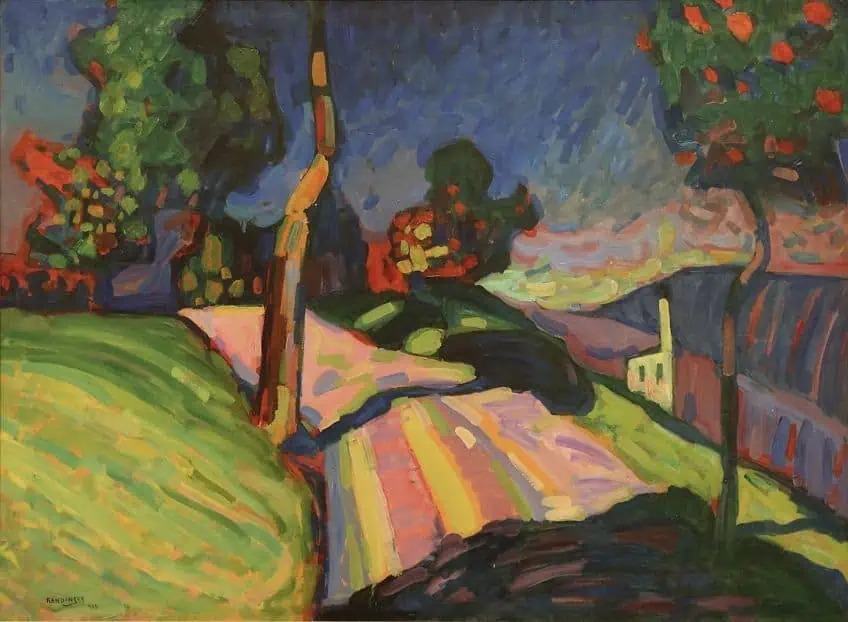
The early 21st century saw the emergence of art as a tool for activism and social critique, which was used to assess and question Contemporary issues such as gender equality, climate change, and technology through digital art. The purpose of art evolved over centuries to reflect the culture that defined its conventions as well as the societies and subcultures that rejected its traditions. The purpose of art continues to grow and shift with the changing socio-economic and environmental nature of the world.
The Societal Impact of Art
One cannot examine the purpose of art in the 21st century without looking at the societal impact it had on history and our development. Art carried significant influence among European academies, which spread to different parts of the world and influenced the development of different societies. As early as the 16th century, European academies played a significant role in shaping the course of art and its standards and outlined specific rules on what was acceptable in the eyes of society and the elite for visual expression. These institutions were considered prestigious and as such, artists who attended sought to establish a name for themselves and hone their talents in line with the respected traditions.
The role of the umbrella-based term “institution” therefore set the tone for the styles, techniques, and subjects that shaped the early Renaissance landscape at the time.
Most consider the Renaissance to be the most significant art period in history that saw the acceptance of humanist ideals and individualism in art. Renaissance academies embraced the classical arts and focused on appreciating the human form. Humanism was a celebration of the individual achievements of man that built a sense of identity and cultural pride among European cultures. It is important to remember that such institutions also perpetuated specific traditions and styles, however, artists could not remain constricted for very long and soon began to explore new styles. This led to many rebellions in art history where artists chose innovation through movements such as Impressionism, Surrealism, and Cubism, which profoundly impacted the rest of the world. Through political engagements such as Colonialism and globalization, art spread, and many techniques were shared and adopted as art grew into a form of cultural exchange.
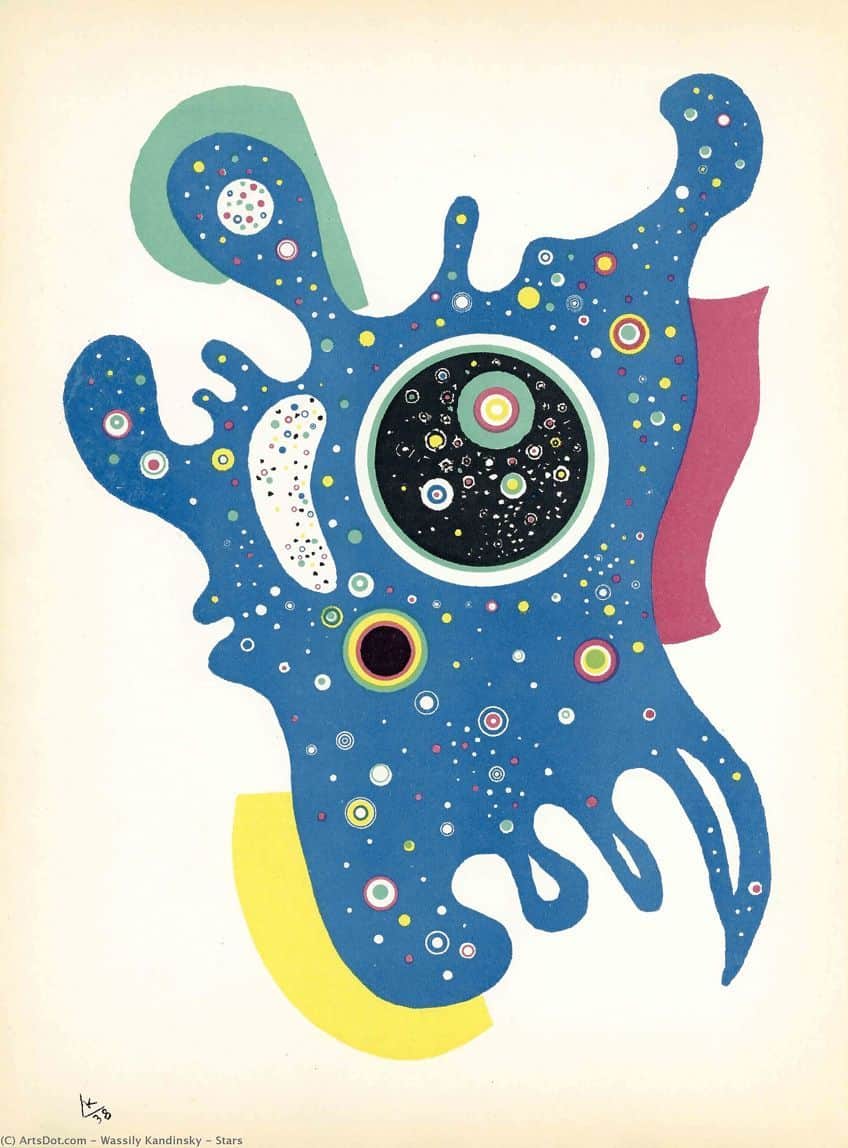
Art in the Modern period became a powerful tool to reflect on political ideologies of the past and advocate for change in societal norms. Throughout the centuries, art had been used to relay messages of human rights, social justice, and environmental conservation while preserving the cultural identities and heritage of many communities. Since the 20th century, the impact of art on society skyrocketed with the advancements in technology and media such that art was made increasingly accessible to diverse audiences. Art became a means of connection that transcended geographical borders and became a platform through which artists could use to empower others and enact positive social changes.
Art for Entertainment Versus Art for Education
Apart from art being used for social change and reform, it was also used as a form of entertainment to captivate people and stimulate interest in the different forms of visual expression. Through technological advancements, art has become more accessible such that the boundaries between entertainment and the arts have been somewhat blurred. Art evolved to encompass other art forms such as theater, music, and dance, which are important social activities that encourage communication and individual expression.
The evolution of art galleries and art exhibitions has also generated points of interest across the world in terms of tourism and revenue generation.
People across the world engage with art museums and galleries as forms of entertainment while immersing themselves in iconic artworks that shape the current era. Modern forms of art such as street art and public installations attract and intrigue crowds to stimulate interaction and offer unique experiences for the passerby. The performing arts have remained one of the oldest forms of entertainment, which evolved from theater productions to complex storytelling concerts, musicals, and dance shows that offer emotional experiences of the art form.
The introduction of technology in art in the late-20th century also revolutionized the use of art as a form of entertainment since experiences offered by virtual reality and interactive installations offer a heightened level of engagement between viewers and the artwork. Art has also been further elevated with the use of social media to make art more accessible and entertain people by enabling artists to showcase and speak about their work. While art is seen as a form of entertainment in society, it is also used more directly as a form of education.
Art has long been used as a tool for education across different institutions around the world to foster creativity and encourage innovation. Art education is integrated into many schools around the world to nurture visual literacy and improve critical thinking skills. Through mediums such as sculpture, digital art, and painting, students can enhance their understanding of the world and develop a holistic understanding of history. Art museums and cultural institutions also leverage art education to expose visitors to specific artifacts, masterpieces, and new works that communicate the diversity of history and its many contexts. Formal education in art can also manifest as guided tours or interactive exhibitions that encourage people to immerse themselves in art. Apart from the institution-led forms of art education, art has also been adopted by various communities to lead social impact programs and workshops that empower marginalized communities and offer opportunities for confidence-building and self-expression. Art education can also incorporate art therapy as a powerful method to help people cope with mental difficulties, emotional distress, and trauma.
Many developing countries continue to use art for social development and to encourage social cohesion. This is usually done through public art projects and art festivals, which foster cultural pride and an appreciation for heritage and craftsmanship. Online platforms also offer virtual tours of museum spaces, as well as art history courses and tutorials, which democratize art access. The versatility of art as a form of entertainment and education is a valuable resource to the world that also impacts the way art is experienced by those from vulnerable communities.
It is vital to keep in mind that the power of art should not be underestimated.
The Debate Around Art for Art’s Sake
To create art for art’s sake also means promoting the view that art can be produced purely, apart from any political or contextual influence. Below, we will dive into the criticisms against and for art for art’s sake that will provide much insight into the nuances of this art philosophy.
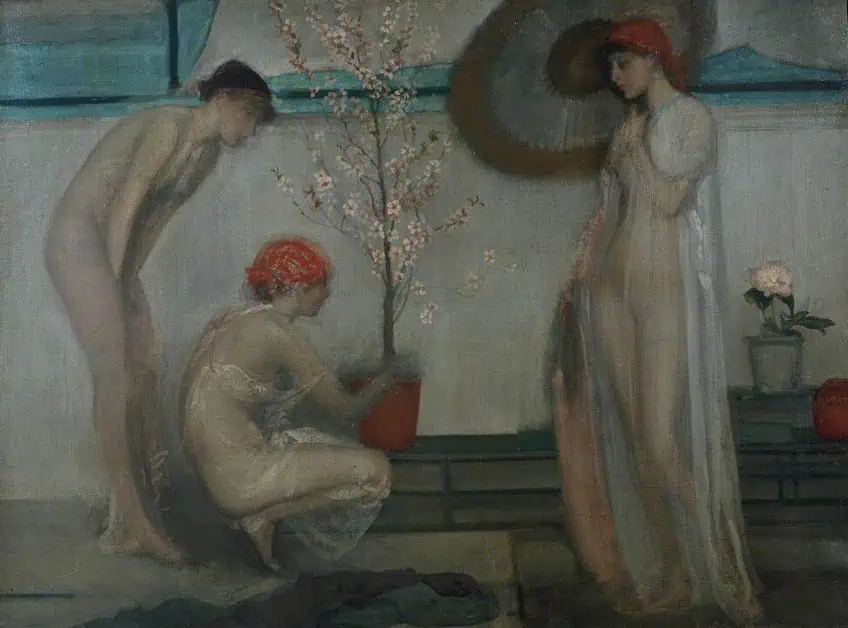
Criticism Against Art for Art’s Sake
The criticism against the philosophy of “art for art’s sake” includes a concern about the responsibilities of an artist whereby the philosophy has been viewed as more of an elitist approach to art that is fueled by self-indulgence. The philosophy promotes the idea that aesthetic pleasure is the only factor that defines an artwork and as such prioritizes aesthetics over pressing social issues. Art for art’s sake can somewhat be viewed as a form of escapism from the realities of the world and divorces art from its potential to enact social change.
The philosophy has been criticized for the pursuit of beauty, which presents a disconnect between the artist and the broader struggles of the community that the artist is a part of.
Art has long remained an impactful tool for social advocacy, however, the philosophy of art for art’s sake neglects art’s potential to drive meaningful change and promotes a form of elitism about art. This concern was further raised with the idea that art should only cater to the tastes of a select few who reinforce notions of exclusivity, which can alienate the broader society. The approach of “art for art’s sake” may result in art that lacks relevance to the current period and presents an aloofness to the real world. While the philosophy acknowledges beauty and aesthetic value, it also negates the idea of being socially conscious or relevant to the society that it exists in.
Arguments Supporting Art for Art’s Sake
On the other hand, those who side with the approach of creating art for art’s sake usually promote the intrinsic value of art itself to evoke emotions, provide aesthetic pleasure, and engage the senses. Supporters of the philosophy argue that art should not be burdened with the political or social missions of society and should instead focus on the ways that one can escape from the harsh realities of the world. Aesthetics offer one the chance to engage with beauty outside of their tumultuous worlds and exceed the limitations of practicality. As such, the viewer can appreciate art purely for the enjoyment of art itself.
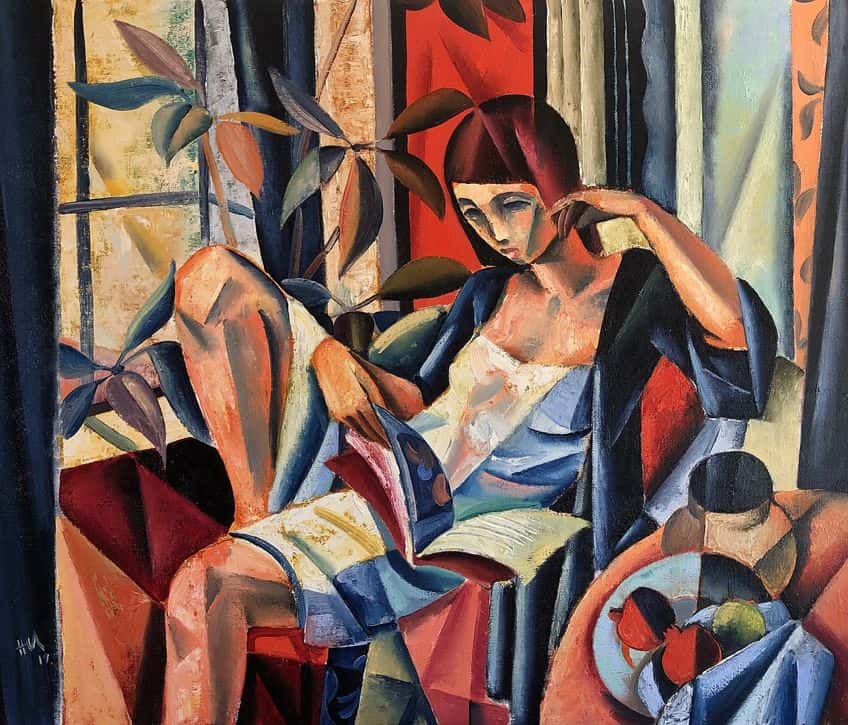
The lightheartedness of creating art for art’s sake contends the obligations that society places on artists to propose social and political observations. Those in favor of the philosophy argue that the obligations of art itself, as it has progressed socially, hampers creativity. The pursuit of beauty, on the other hand, enables artists to offer unique perspectives of art without limitations or external demands. The elitist view of art for art’s sake is also challenged by the fact that creating art for art’s sake fosters diversity and makes producing art more accessible. Advocates also argue that art’s independence from social issues improves its ability to provoke critical thoughts and challenge existing norms. In essence, art for art’s sake is also a form of rebellion and refusal to conform to the pre-established ideas of art and the assumptions about the world.
The Industrial Revolution and Individualism
The role of the Industrial Revolution in the development and spread of art for art’s sake cannot be missed. The Industrial Revolution invited an air of rapid urbanization, which meant that technology was on the rise. As such, 19th century Europe saw a rise in artists challenging the societal structures around them with many other groups questioning the value of art. The onset of mass production and commercialization resulted in art becoming increasingly commodified, which led to debates about the creativity put into art and its authenticity. The societal response to the commercialization of art resulted in the spread of the art for art’s sake approach, which rejected the materialistic and utilitarian aspects of industrialization. During this time, artists focused on the intrinsic value of art and its capacity to offer not only visual pleasure but also evoke emotions, which would transcend utilitarian function.
The industrial period also sparked a desire for individualism, which saw the evaluation of art’s traditional values and the rejection of conventional themes and academic norms.
The Future of Art for Art’s Sake
As one examines the complexities of philosophy more closely, one finds that there is more than meets the eye with the notion of creating art for art’s sake. The relevance of the concept to the 21st century has not been unpacked in detail, however, we will attempt to outline a few key points that you should consider when critically analyzing the approach.
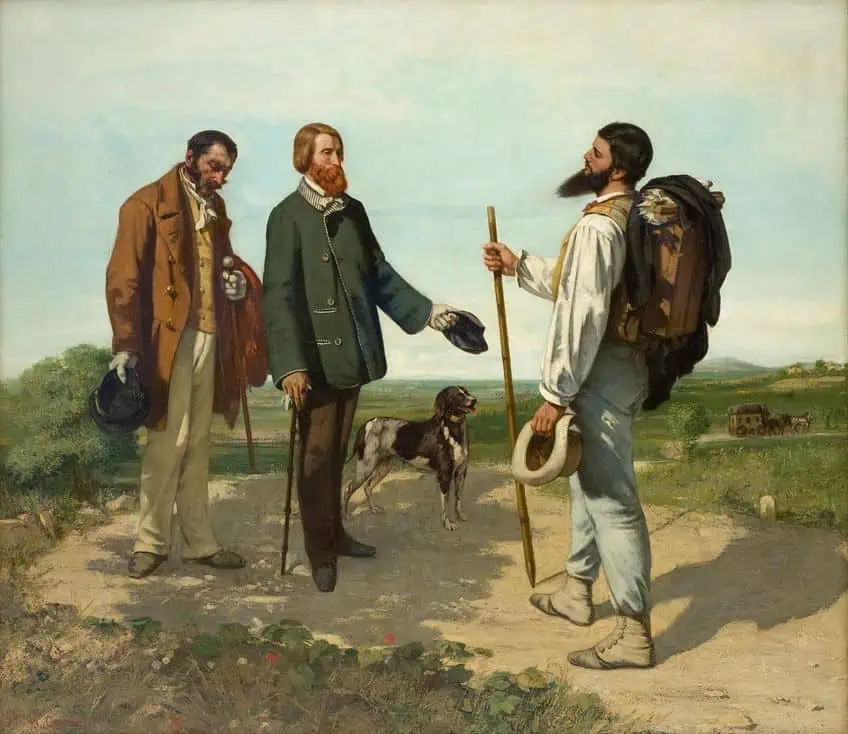
The Contemporary Relevance of Art for Art’s Sake
Today, the philosophy of art for art’s sake remains a critical point of assessment that many art theorists continue to grapple with. The Contemporary art world is in a state of flux with many artists choosing to focus on either art for art’s sake as a form of subversion and rebellion, as well as those who prioritize the realities of the world to remain relevant, advocate for key issues, and be “seen”. The 21st-century art world is driven by technology, rapid information exchange, and globalization, which continues to influence the way art is produced, and the inherent material quality of art itself.
The world has become increasingly commodified and market-oriented such that art and its value for beauty alone may or may not be sufficient to remain “relevant”.
When one examines the challenges of making art for the sake of art, one notes that art and its ability to remain relevant in the 21st century coincide with technological advancement, value, and innovation, which also holds space for a sole focus on beauty and aesthetics. In Contemporary art theory, art for art’s sake has also sparked discussions around the value of art and its autonomy in the world, considering the role of the artist as observer, participant, and human. Art theorists explore themes of how the rejection of utilitarian art could inform our understanding of our experience of art and the emotions it can evoke. The implications that art for art’s sake has over art institutions and art education is significant since it encourages the artist to move away from rigid definitions of art and embrace an inclusive range of artistic expression that also challenges the view of art as a commodity.
Impact on Future Art Movements
Creating art for the sake of art carries the potential to influence the development of future art movements by informing the way artists approach their work. Philosophy also holds an influence over those who view and appreciate art such that it impacts the way art is seen and interpreted. If artists choose to embrace the philosophy, then they may find themselves testing the boundaries of creativity without the pressure of conforming to societal expectations. This could result in the emergence of Avant-Garde movements, perhaps informed by advancements in technology. Other possibilities for the future of art for art’s sake include the revival of traditional art techniques fused with technology and craftsmanship that could result in compelling and emotionally evocative works. By re-evaluating the intrinsic value of art, one can also reassess how art is valued and promoted in society. In an idealistic world, perhaps the commercialization of art and a hyperfocus on its success as a commodity would not determine the success or appreciation of the artist.
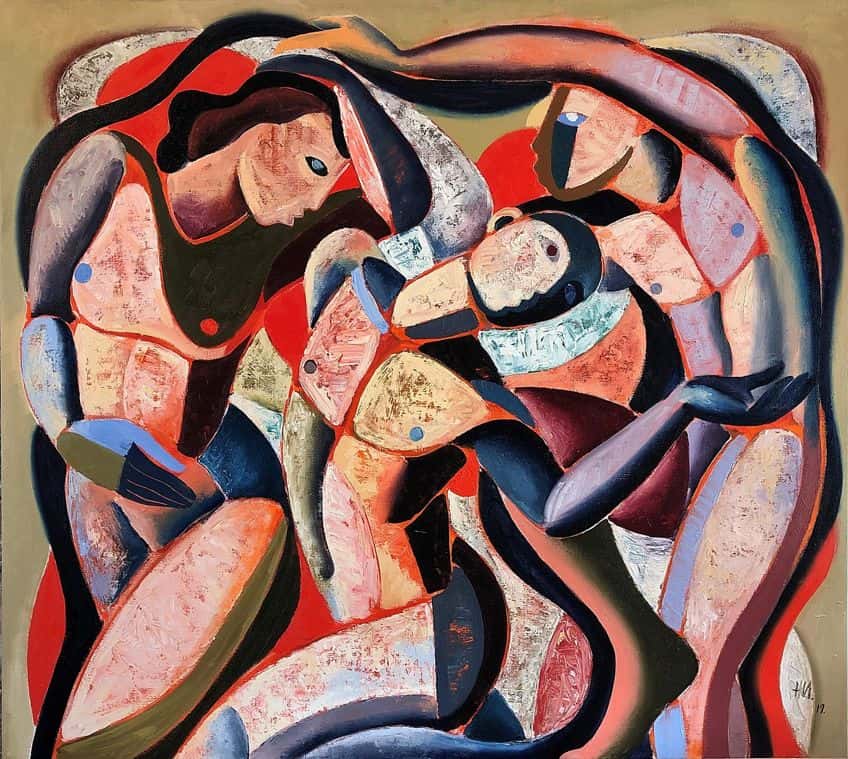
The Role of Technology in the Evolution of Art for Art’s Sake
One should not dismiss the importance and power of technology for the nostalgia of the past so easily. Technology has played a critical role in the evolution of art for art’s sake by expanding the mediums and tools for artists to create art. Digital technologies enable artists to experiment with traditional art forms and establish new avenues to explore abstract ideas and invent immersive and interactive experiences.
One of the strongest arguments for the significance of technology in the art for art’s sake debate was the democratization of the art world on the global web, which made art more accessible through online platforms and social media.
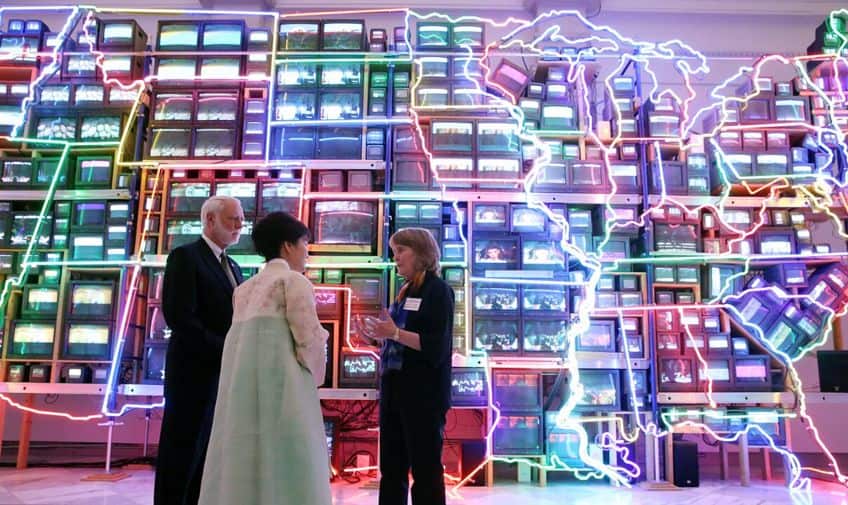
Technology has also made it easier for artists to engage with each other without the constraints of geography and create art without physical materials or dimensions. Mediums such as virtual and augmented reality have become unique and important assets for reshaping the experience of art and the definition of digital installations. By embracing technology, one also embraces the spirit of innovation and creative freedom, but this too can be used to create works that have a real-world impact and be appreciated for more than their aesthetic beauty.
Creating art for the sake of art comes with a multitude of questions about the value one places on art and the philosophies that dictate creation. One is also moved to question the role and authority of the artist over their work and its reception in a commodified world that has embraced digital technology in shaping the societal experience of art itself. We hope that by studying these perspectives on art for art’s sake, you too will be better equipped to navigate your artistic path.
Frequently Asked Questions
What Is the Meaning of Art for Art’s Sake?
Definitions of art for art’s sake are characterized by the philosophical approach to visual art that relies on the aesthetic value and beauty of artwork above the social and political influences that may alter the meaning of the work. Creating art for art’s sake implies that the artist creates art solely for its formal qualities and is removed from any moral, social, or political obligation.
What Is the Difference Between Art for Art’s Sake and Other Art Movements?
The primary difference between the art movements of the 19th century and art for art’s sake is that the art movements associated with the late-19th century were considered Avant-Garde rebellions inspired by a rejection of previous artistic standards in academic art. Art for art’s sake was a philosophical approach adopted by visual artists to focus solely on the beauty of art without political or social connotations. Other art movements were focused on the development of alternative styles and characteristics specific to the prevailing beliefs around what art could be, however, art for art’s sake could encompass any aesthetic, given that it was visually pleasing.
How Has Art for Art’s Sake Influenced Contemporary Art?
The philosophy of art for art’s sake influenced the Contemporary art period significantly with an increased acceptance of creating diverse forms of art that were admired solely for their visual aesthetics and, as such, released artists from the pressure to create works that were politically or socially charged. Art for art’s sake also encouraged artists to explore other mediums rooted in digital technology and investigate alternative forms of beauty. From a critical perspective, artists are growing ever-aware of the implications behind the art for art’s sake philosophy, which challenges artists to evaluate their position in the art world, how their art is approached, and what the intention is behind the artwork.
Who Were Some of the Most Prominent Artists Associated With Art for Art’s Sake?
Prominent artists associated with the art for art’s sake philosophy included figures like James McNeill Whistler, Dante Gabriel Rossetti, Albert Moore, and Frederic Leighton.
What Is the Relevance of Art for Art’s Sake in the Modern Era?
The philosophy of art for art’s sake remains a relevant debate in the Modern and Contemporary era, which encourages artists to revisit critical aspects of their art that pertain to its value and intention. The philosophy is relevant to establishing the creative freedom of artists around the world and the re-evaluation of the value of art in society, the expectations of art, and its potential in the 21st century.
Liam Davis is an experienced art historian with demonstrated experience in the industry. After graduating from the Academy of Art History with a bachelor’s degree, Liam worked for many years as a copywriter for various art magazines and online art galleries. He also worked as an art curator for an art gallery in Illinois before working now as editor-in-chief for artfilemagazine.com. Liam’s passion is, aside from sculptures from the Roman and Greek periods, cave paintings, and neolithic art.
Learn more about Liam Davis and about us.
Cite this Article
Liam, Davis, “Art for Art’s Sake – Debating the Purpose of Art Creation.” artfilemagazine – Your Online Art Source. August 31, 2023. URL: https://artfilemagazine.com/art-for-arts-sake/
Davis, L. (2023, 31 August). Art for Art’s Sake – Debating the Purpose of Art Creation. artfilemagazine – Your Online Art Source. https://artfilemagazine.com/art-for-arts-sake/
Davis, Liam. “Art for Art’s Sake – Debating the Purpose of Art Creation.” artfilemagazine – Your Online Art Source, August 31, 2023. https://artfilemagazine.com/art-for-arts-sake/.



